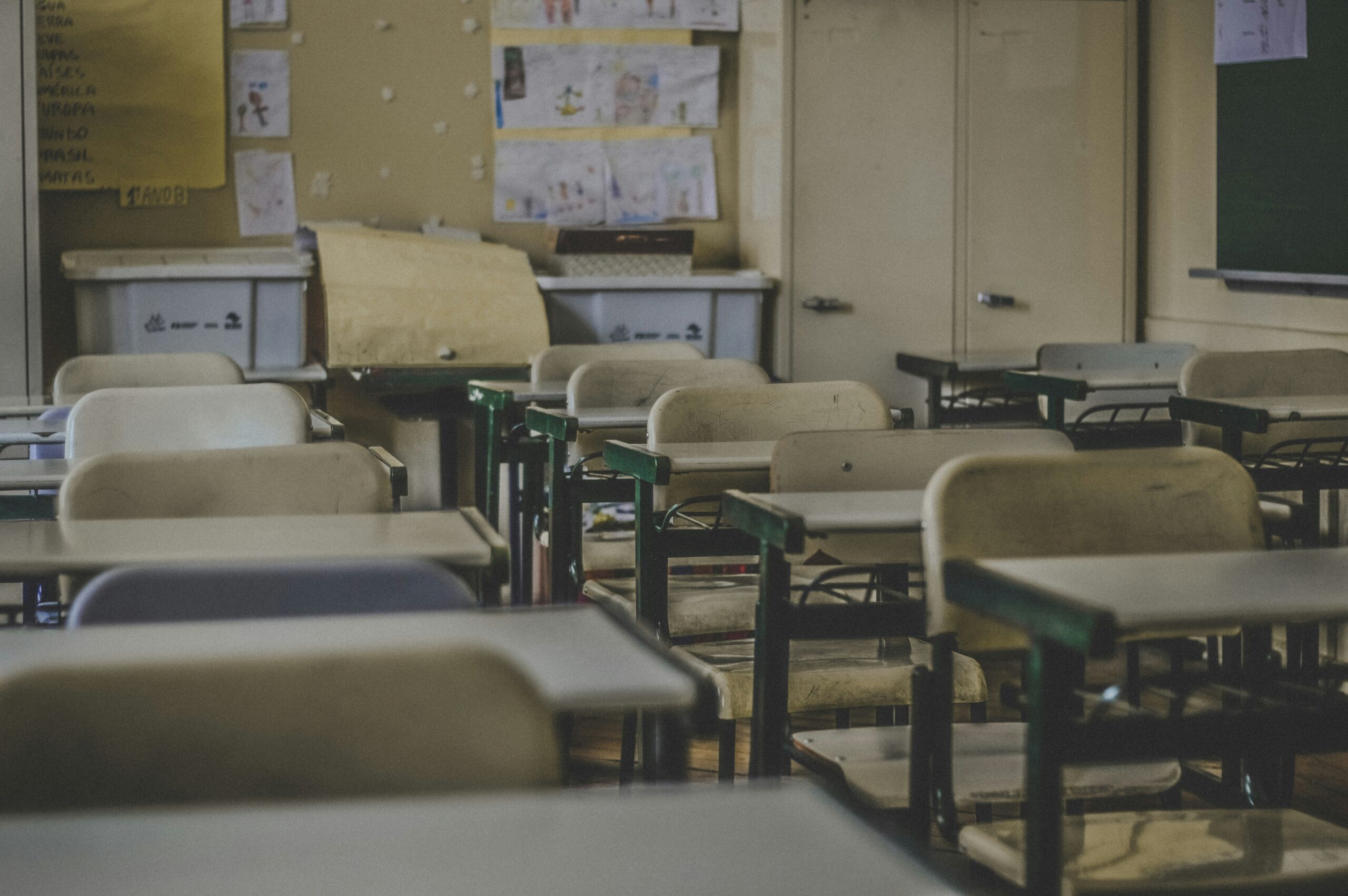The remote learning that occurred during the pandemic continues to have significant negative impacts on education. According to the NIH, “Overall, academic performance was negatively affected with lower scores in standardized tests in the main domains compared to previous years.” Statistics prove that the remote option was detrimental to learning. “When districts only taught remotely during the 2020-21 school year, they saw a 0.8 percentage point dip in their graduation rate, compared with districts that taught fully in person. Districts that used a hybrid model had a high school graduation rate that was 0.4 percentage points lower than districts that taught fully in person.”
Predictably, high school graduation rates have declined. “When students spent a greater share of time learning remotely or in a hybrid setup, graduation rates fell. And the full effects likely haven’t been felt yet, as the children who struggled in middle and elementary school are still working their way toward a diploma.” In fact, a recently released report from the 2022 NAEP (National Assessment of Educational Progress) recorded the largest drop in math scores on record for 4th and 8th grades, back to 1995 levels, “meaning progress in prior years has been erased.”
Scores for both the ACT and SAT have also declined year over year. Students have little incentive to take the admissions tests, because many colleges are now test optional. This policy “may have affected student performance and test-taking habits.” Thus, the domino theory persists: Enrollment in colleges and universities continues to decline — down by more than 2 million students, or 10 percent, in the 10 years ending 2022.
How can this downward trend be reversed? A return to teaching the basics is critical, with teachers who are experts in their fields dedicated to their vocation and their students. Accountability is essential. We must do better for our children and our country to succeed!


